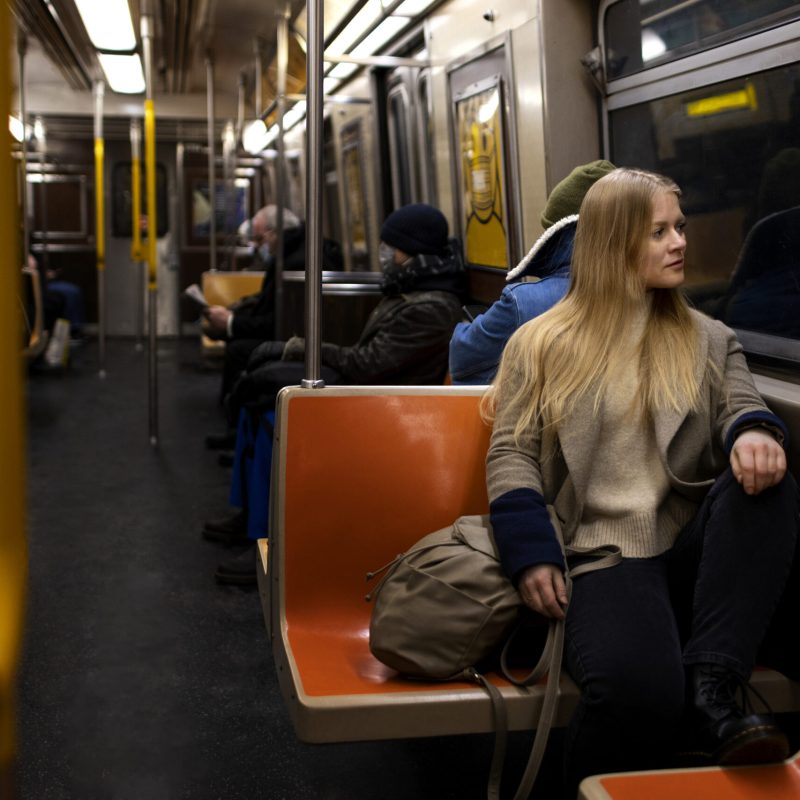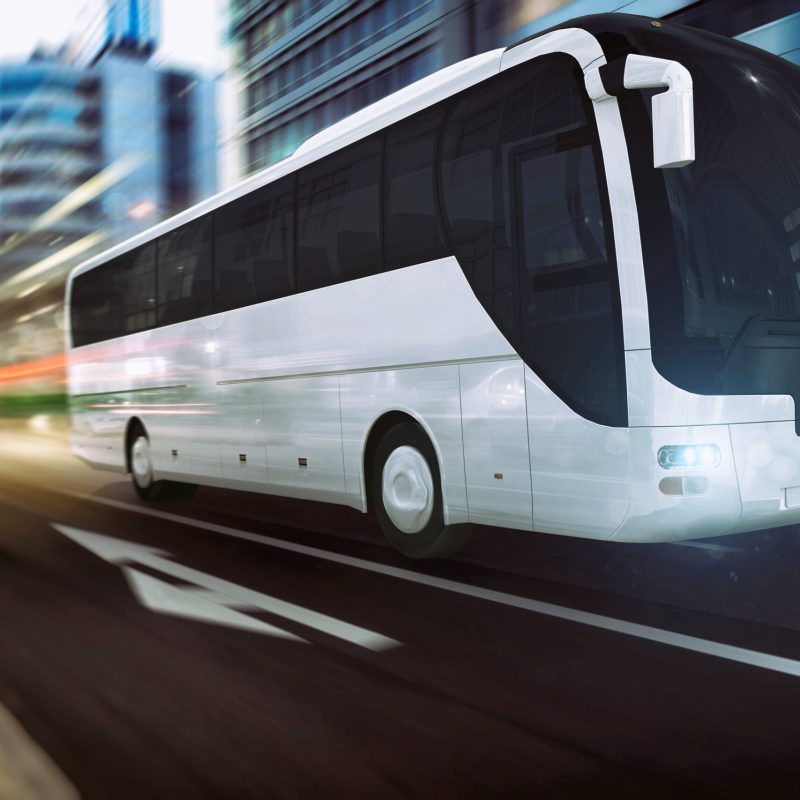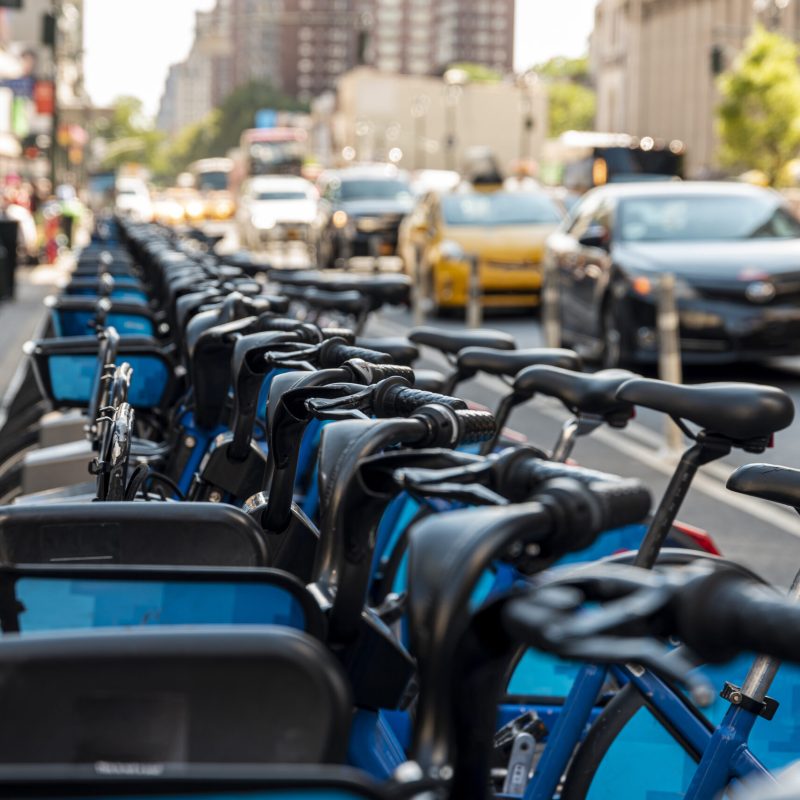What Are Innovative Educational Approaches to Urban Transportation Planning
In the realm of urban development, the synergy between urban transport and the broader objectives of sustainable growth cannot be overstated. As cities worldwide grapple with the challenges posed by increasing population density, environmental concerns, and the urgent need for equitable access to resources, the fields of urban planning transport and urban transportation systems are evolving rapidly. Central to this evolution is the transformative role of education, which serves not only to disseminate knowledge but also to foster innovation in tackling the complex issues of urban mobility.

Bridging the Gap: Urban Planning and Transportation
The intersection of urban planning and transportation represents a fertile ground for educational innovation. Traditional models of learning are being reimagined to better equip the next generation of urban planners and engineers with the tools they need to design urban transportation systems that are both efficient and sustainable. By integrating principles of environmental science, social equity, and technological innovation, educational institutions are playing a crucial role in shaping the future of urban transport.
One of the most significant trends in this educational evolution is the move toward interdisciplinary learning. Gone are the days when urban planners and transportation engineers operated in silos. Today’s challenges require a holistic approach that encompasses various perspectives and disciplines. Universities and colleges are responding by offering courses and programs that blend urban planning, environmental science, public policy, and engineering, providing students with a comprehensive understanding of the complexities of urban transportation planning.
Innovation in the Classroom: Technologies and Techniques

The Electric Revolution: Embracing Electric Urban Transportation
As concerns over climate change and environmental sustainability continue to mount, electric urban transportation emerges as a critical focus area within urban planning and transportation education. Electric vehicles (EVs), electric bicycles, and electric public transit options are at the forefront of the shift towards cleaner, greener urban transport solutions. Educational programs are increasingly incorporating modules on electric transportation technologies, charging infrastructure, and policy frameworks to prepare students for the ongoing transition to electrification.
This focus on electric urban transportation is not only about mitigating environmental impacts. It also encompasses the social dimensions of urban mobility, such as accessibility and equity. By understanding the benefits and challenges associated with electric transportation, students can devise strategies that ensure these technologies contribute to more inclusive and sustainable urban environments.
Collaboration and Community Engagement: Learning from the Ground Up
A key component of innovative education in urban planning and transportation is the emphasis on collaboration and community engagement. Projects that bring together students, faculty, city officials, and community members facilitate a mutual exchange of knowledge and ideas. These collaborations can lead to innovative solutions that address real-world challenges, from reducing traffic congestion to enhancing pedestrian safety.
Moreover, community engagement initiatives offer students valuable insights into the human aspects of urban transportation planning. By interacting directly with those affected by transportation policies and projects, students gain a deeper understanding of the diverse needs and perspectives that must be considered in the planning process. This hands-on approach not only enriches the educational experience but also cultivates a generation of planners and engineers who are attuned to the societal impacts of their work.


Looking Ahead: The Future of Urban Transportation Education
As the landscape of urban transportation continues to evolve, so too must the educational approaches that prepare individuals to navigate this complex field. This evolution is not just about keeping pace with new technologies but also involves a deep understanding of the shifting environmental and societal landscapes. The integration of sustainable practices, the push towards reducing carbon emissions, and the growing emphasis on creating equitable access to transportation are just a few of the challenges that future urban planners and engineers must be ready to address. Consequently, the education they receive needs to be as dynamic and multifaceted as the issues they will tackle, combining traditional knowledge with cutting-edge insights into urban mobility.
Sustainability Is a Key
The future of urban transportation education hinges on its ability to adapt and innovate. By incorporating interdisciplinary learning, educational institutions can provide a more holistic view of urban transportation, one that encompasses not only engineering and technology but also social sciences, environmental science, and public policy. This broad-based approach ensures that students are not only technically proficient but also attuned to the ethical and societal implications of their work.
Emphasizing sustainability and equity within the curriculum ensures that the next generation of professionals is equipped with the vision and skills necessary to design transportation systems that are not only efficient and resilient but also inclusive and environmentally friendly. Through this comprehensive educational strategy, we can prepare students to lead the transformation of urban transportation systems for the better.

Summing Up
In conclusion, the relationship between urban planning and transportation is intricately linked to the broader goals of sustainable and equitable urban development. Through innovative educational approaches, we can prepare a new generation of professionals capable of designing and implementing urban transportation systems that meet the needs of today's cities and the generations to come. Whether through the integration of electric urban transportation, the application of cutting-edge technologies, or the fostering of community engagement, the future of urban transport looks brighter than ever, thanks in no small part to the advancements in education.